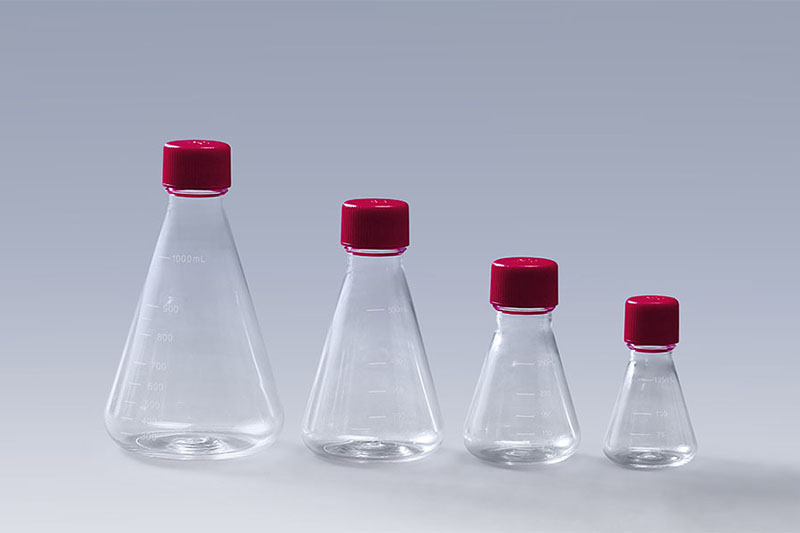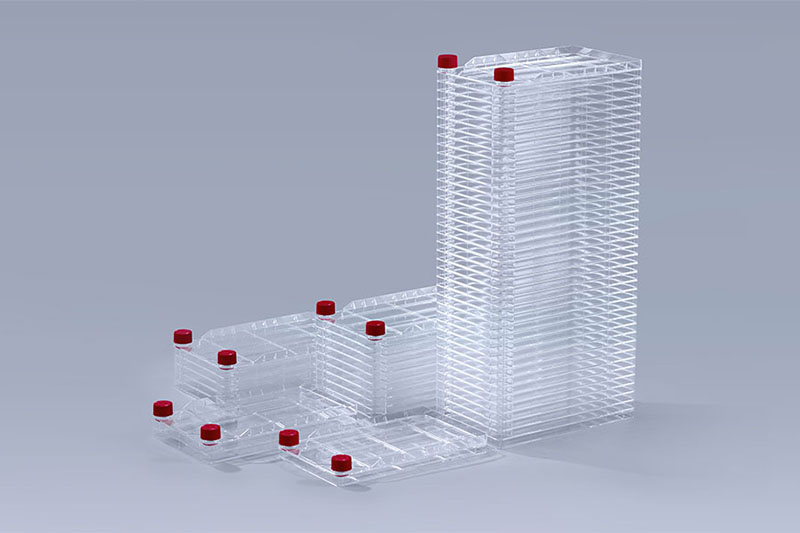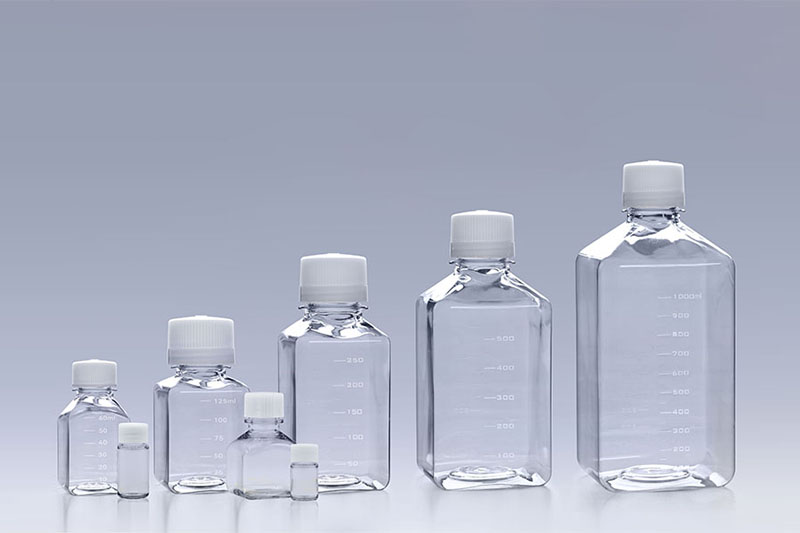Aug. 5, 2023 /PRNewswire/ -- Astellas Pharma Inc. (TSE: 4503, President and CEO: Naoki Okamura, "Astellas"), today announced the U.S. Food and Drug Administration (FDA) approved Izervay™ (avacincaptad pegol intravitreal solution) for the treatment of geographic atrophy (GA) secondary to age-related macular degeneration (AMD) on August 4, 2023. Izervay, a new complement C5 inhibitor, is the only approved GA treatment with a statistically significant reduction (p<0.01) in the rate of GA progression at the 12-month primary endpoint across two Phase 3 clinical trials.
Pravin U. Dugel, MD, President, Iveric Bio, An Astellas Company
"We are thrilled to receive FDA approval of Izervay and to offer a new therapy to physicians and appropriate patients in the U.S. Time matters, vision matters, and safety matters in this devastating progressive disease. We would like to thank everyone involved in reaching this milestone and helping us deliver on our commitment to pioneer transformational therapies for retinal diseases."
The FDA approval was based on the GATHER1 and GATHER2 Phase 3 clinical trials, which evaluated the safety and efficacy of monthly 2 mg intravitreal administration of Izervay in patients with GA secondary to AMD. The rate of GA growth was evaluated at baseline, 6 months, and 12 months. In each registrational trial, over a 12-month period, the primary analysis showed a statistically significant reduction in the rate of GA growth in patients treated with Izervay compared to sham. Slowing of disease progression was observed as early as 6 months with up to a 35% reduction in the first year of treatment.
Arshad M. Khanani, MD, MA, FASRS, Director of Clinical Research at Sierra Eye Associates, Reno, Nevada
"Geographic atrophy has a devastating impact on patients' lives and can lead to irreversible vision loss. As a C5 inhibitor, Izervay has shown to slow GA progression by targeting the source of retinal cell death and may preserve the upstream benefits of the complement system. The FDA approval of Izervay is great news for the retina community and our patients suffering from GA."
GA impacts an estimated 1.5 million people in the U.S.1 However, approximately 75% of people living with GA in the U.S. are believed to be undiagnosed.2 Without timely treatment, an estimated 66% of people with GA may become blind or severely visually impaired.3
Jason Menzo, Chief Executive Officer, Foundation Fighting Blindness
"Geographic atrophy can severely limit people's ability to drive, read, and see the faces of their family and friends. This new treatment offers our patient community an important therapeutic option to potentially extend their ability to maintain independence."
Across the GATHER clinical trial program, the most common adverse reactions (≥ 5%) reported at 12 months in patients who received Izervay 2 mg were conjunctival hemorrhage (bleeding beneath the clear lining of the eye: 13%), intraocular pressure (increased fluid pressure of the eye: 9%) and blurred vision (8%).
Izervay is anticipated to be available in the U.S. in 2-4 weeks.
Astellas is reviewing potential financial impacts of this approval for the fiscal year ending March 31, 2024.
About Izervay (avacincaptad pegol intravitreal solution)
U.S. INDICATION
Izervay (avacincaptad pegol intravitreal solution) is indicated for the treatment of geographic atrophy (GA) secondary to age-related macular degeneration (AMD)
IMPORTANT SAFETY INFORMATION
CONTRAINDICATIONS
Izervay is contraindicated in patients with ocular or periocular infections and in patients with active intraocular inflammation.
 Cell Culture Erlenmeyer Flasks
Cell Culture Erlenmeyer Flasks
WARNINGS AND PRECAUTIONS
Endophthalmitis and Retinal Detachments
Intravitreal injections, including those with Izervay, may be associated with endophthalmitis and retinal detachments. Proper aseptic injection technique must always be used when administering Izervay in order to minimize the risk of endophthalmitis. Patients should be instructed to report any symptoms suggestive of endophthalmitis or retinal detachment without delay and should be managed appropriately.
Neovascular AMD
In clinical trials, use of Izervay was associated with increased rates of neovascular (wet) AMD or choroidal neovascularization (7% when administered monthly and 4% in the sham group) by Month 12. Patients receiving Izervay should be monitored for signs of neovascular AMD.
Increase in Intraocular Pressure
Transient increases in intraocular pressure (IOP) may occur after any intravitreal injection, including with Izervay. Perfusion of the optic nerve head should be monitored following the injection and managed appropriately.
Source: https://www.drugs.com/newdrugs/fda-approves-izervay-avacincaptad-pegol-intravitreal-solution-geographic-atrophy-6073.html
The FAI climbed 5.9 percent year-on-year in the first 11 months of 2018, quickening from the 5.7-percent growth in Jan-Oct, the National Bureau of Statistics (NBS) said Friday in an online statement.
The key indicator of investment, dubbed a major growth driver, hit the bottom in August and has since started to rebound steadily.
In the face of emerging economic challenges home and abroad, China has stepped up efforts to stabilize investment, in particular rolling out measures to motivate private investors and channel funds into infrastructure.
Friday's data showed private investment, accounting for more than 60 percent of the total FAI, expanded by a brisk 8.7 percent.
NBS spokesperson Mao Shengyong said funds into weak economic links registered rapid increases as investment in environmental protection and agriculture jumped 42 percent and 12.5 percent respectively, much faster than the average.
In breakdown, investment in high-tech and equipment manufacturing remained vigorous with 16.1-percent and 11.6-percent increases respectively in the first 11 months. Infrastructure investment gained 3.7 percent, staying flat. Investment in property development rose 9.7 percent, also unchanged.
 English
English



















































 Cell Factory Systems
Cell Factory Systems PETG Media Bottles
PETG Media Bottles